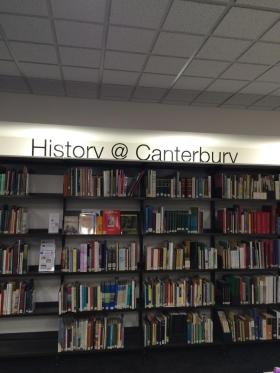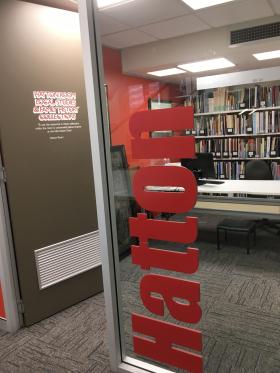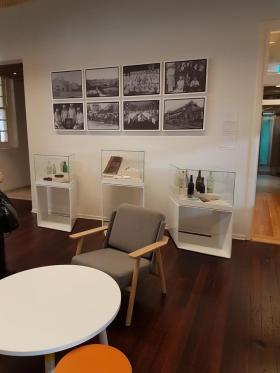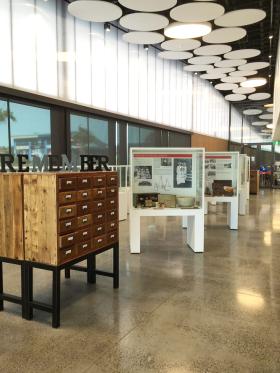Service area: Local studies
Local studies collections are unique to each public library and are highly valued by the community.
As access to resources becomes seemingly ubiquitous through digital technology, libraries are strengthening support and enthusiasm for local studies collections.
As well as collecting and archiving local history, knowledge and culture, public libraries are instrumental in assisting the community to create content, allowing the local community to contribute to the development of the library and collections.
Dedicated local studies area
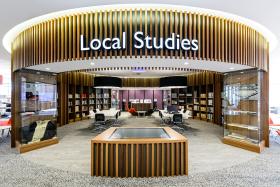
Designing a local studies area varies significantly from library to library. The traditional approach of physically separating this area from the main library space is still preferred by many, particularly if the collection is owned and managed by a local history organisation. This approach may also be used where there are a significant number of unique items, such as rate books or council archives. The spaces frequently avoid natural daylight to control the environment because of valuable original materials frequently found in local studies collections.
This can result in a slightly intimidating place for the wider community limiting participation with the collection. Improvements have been made in a number of instances through the use of:
- glass walls to the main space
- better display and interpretive installations
- provision of natural daylight where light control is not required, and
- merging the space with similar quiet activities such as individual study.
Open access
The opposite approach, of open access and seamless integration, has been embraced by some recent library developments. Valuable items can still be secured but particularly with the assistance of better electronic security and the digitisation of collections, the physical space of the local studies area can become far more open. Secure storage of items does not obstruct a wider use of the space or use of the space for other activities when the local studies collection is not being used. Rather than being located in a far corner, some new local studies areas are being located near the service desk in close proximity to IT areas and copy/scan/print facilities.
Engaging local community
Advertising the content is possible through graphics, physical displays, public art, digital imaging as well as on the library's website and via social media. Content can be supplemented by shelves dedicated to local authors, exhibitions by local artists, community groups, schools and tertiary institutions, programs, courses and presentations by residents.
Allowing the local studies area to be welcoming and IT-enabled allows more of the community to become involved.
Regardless of the approach taken, considerations in relation to the design of local studies areas include:
- potential for secure, fireproof and environmentally controlled areas or storage that can be separately locked and separately zoned for lighting and air conditioning for original materials
- lockable bookcases, flat files and map cabinets
- compact shelving requirements
- low-lit areas for preservation of material and use of microfiche
- separation from noisy and active areas if required
- display and layout areas
- repair and preservation space
- adequate space for microfiche/microfilm readers and reader printers, computers, scanners and possibly other equipment such as photographic stands
- equipment for digitisation and oral history creation, possibly in a makerspace, workshop or recording studio that is used by a range of library customers and staff.
